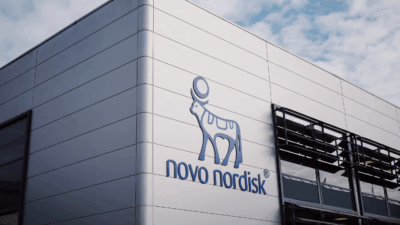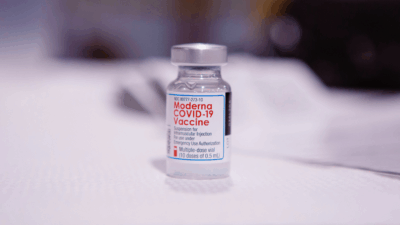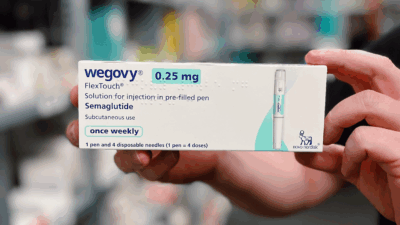Big Pharma Uses Subsidies for Rare Diseases to Develop Blockbuster Drugs
The US government designed a program to incentivize the development of treatments for rare tropical diseases. Big Pharma had other plans.

Sign up for smart news, insights, and analysis on the biggest financial stories of the day.
It’s the pharmaceutical industry’s version of Pokémon cards — and the big kids on the playground are hogging all the shiny Charizards.
According to a Thursday report from Bloomberg, a US government program designed to incentivize drugmakers to develop treatments for rare tropical diseases has ended up subsidizing drugs that really don’t need any help selling themselves.
Thumbs on the Scale
Bloomberg’s report focused on a 16-year-old federal program called priority review vouchers (PRVs), which essentially let companies expedite the development of treatments for rare tropical and pediatric ailments. However, pharma firms can sell them — so while they may initially be granted as a reward for a company that’s contributed to tackling rarer, not-especially-profitable diseases, the voucher can end up getting passed around until it subsidizes an entirely different kind of drug.
Bloomberg’s analysis found that major drug companies have increasingly availed themselves of the program in recent years, and even used the vouchers to fund development for sure-fire profit-generators:
- Eli Lilly used a voucher to hasten its diabetes/weight-loss drug (and Wegovy competitor) Mounjaro to market by about four months. In November, Lilly reported that Mounjaro had brought in $1.4 billion over the course of the previous quarter.
- Mounjaro isn’t the only “unicorn” drug getting a headstart out of the gate. At least eight drugs which ended up netting a cool $1 billion in annual revenue for their developers have benefited from priority review vouchers, according to Bloomberg’s analysis.
If Bloomberg’s analysis is correct, you can think of PRVs as the pharmaceutical industry’s answer to carbon credits — nice in theory, but once they’re tradeable their meaning can just get lost in the corporate tapestry of major companies.
Underdrug Story: The boom in vouchers awarded meant their value sank, meaning smaller companies and nonprofits made less money selling them — money that previously went towards researching the diseases for which the vouchers were originally intended. Two studies cited by Bloomberg suggested the program has had no real impact on how many rare disease treatments get developed.











